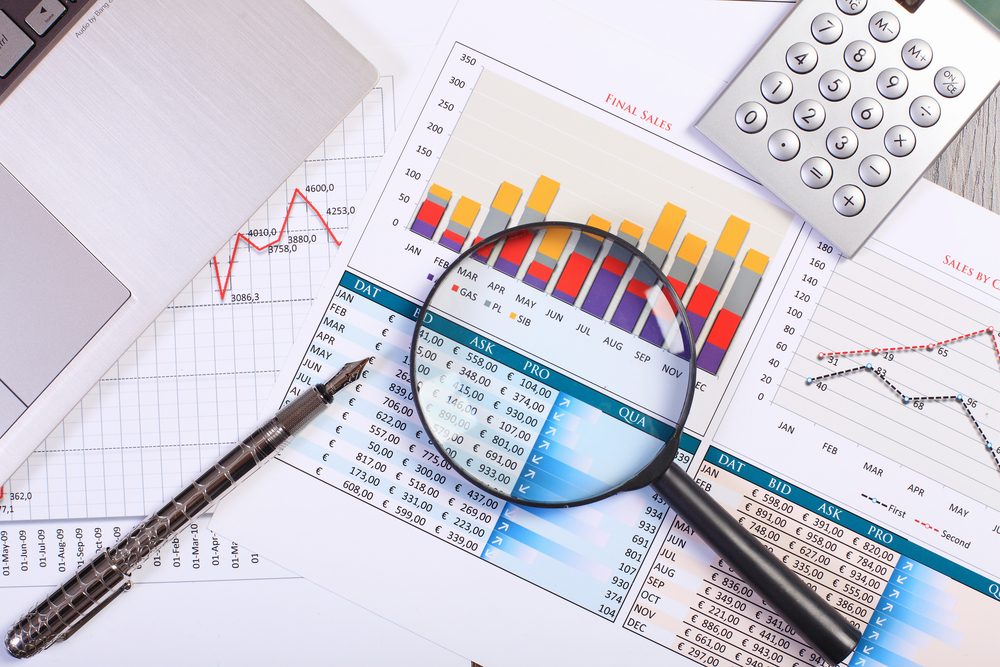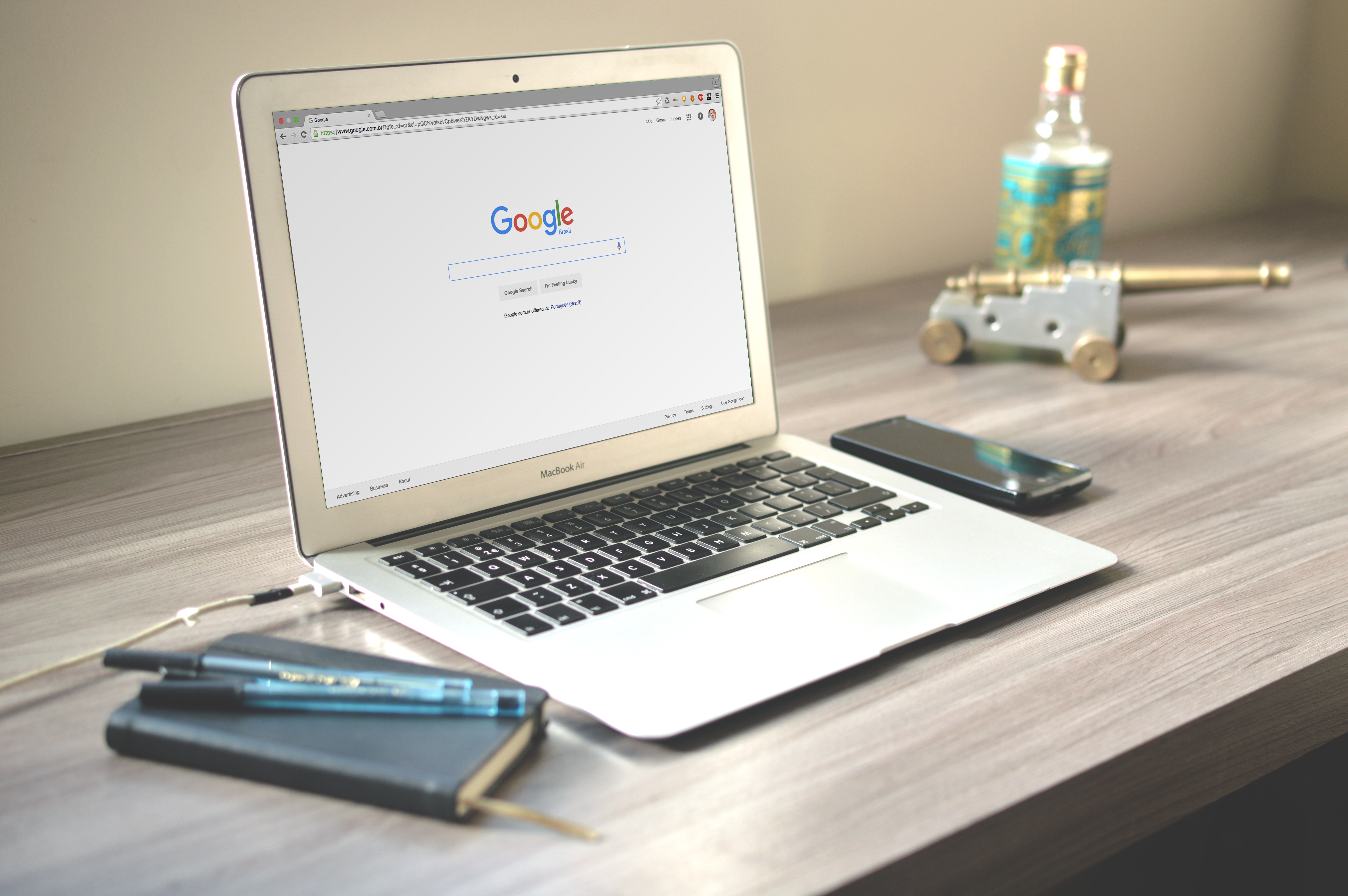When you’re considering SEO, the main things that spring to mind are probably getting your keywords right and building links. However, ensuring that you optimise images is one of the most important aspects of SEO. Yet this process is often overlooked.
Here are 7 ways you can easily optimise your web images and make a surprising difference to your SEO. It could make that all important difference between being invisible online and getting your website onto page one.
1. Optimise images by ensuring they are relevant, engaging and unique
Your audience will naturally be drawn first and foremost to the images on your website. You should therefore make sure that they are captivating and that your viewers can connect with them. Really try to think about which images will capture your audience’s imagination and help to tell the story of your business or brand. Using engaging and relevant images will encourage your audience to be drawn in. It also means that they are more likely to stay longer on each page of your website. This also increases your Google rankings for relevance and high quality.
You should ensure that your images are in context with the copy on each page and whenever possible, place the images as close to the relevant text as you can.
Using your own images rather than stock images is even better, especially if you are selling a service or product. Although duplicate images are not penalised by Google in the same way as duplicate text, they are still discouraged. People are less likely to stick around on your website if they see familiar, generic or overused imagery.
2. Optimise images by reducing their size
Ensure that your images are sized correctly for web use and are not slowing down any of your pages. Many potential customers searching for your product or service will not accept slow page loading times, resulting in a high bounce rate. This can hugely diminish your chances of making that all important sale or call to action. PageSpeed Insights is a handy tool for seeing how quickly your site is loading.
So what is the correct size? The aim is to reduce the size of your images as much as possible without losing too much quality. Photoshop’s “Save for Web” function is a great option for doing this. If you don’t have access to Photoshop, you can use a free alternative called Gimp, an open-source image editing software available on Windows, Mac or Linux.
There are also several online alternatives such as:
3. Optimise images by naming your files correctly
Whilst it can be tempting to just keep the default names of your picture files, if you do so you are missing another trick with your website SEO. Search engine crawlers do not just index your copy, they are also searching for keywords within your images. You should therefore be naming your picture files in such a way as to help the crawlers better understand each image. File names should be short, descriptive, and keyword-rich.
You need to be thinking about what your visitors are likely to be searching for.
Despite creating extra work, it is well worth adopting this policy for good SEO practice.
4. Optimise images by making use of your captions
Like your URLs, body text and image file names, captions can also be crawled by search engines. They are therefore another opportunity for you to use keywords in order to help people find your page. Make sure though that they are relevant to both the image and the page. Misleading captions will only increase the bounce rate on your website and suggest to Google that your content is of poor quality.
Captions will also ensure that your images and content are more engaging to your audience.
5. Optimise your image alt tags
Never underestimate the significance of your alt tags. They are considered to be one of the most important aspects of image SEO.

Alt tags are pieces of text that describe the content of your image. They are used by text-only browsers and visually impaired users. Search engines also rely heavily on your alt tags because they cannot actually see your images. So, it’s really important to get them right.
Think of your alt tags as a way of further enriching the relevance of your content and helping search engines, as well as anyone who cannot see your images, to better understand them. They provide a great opportunity to include more detail about the image that you were not able to fit into the filename. There is no character limit but it’s always better to keep them as concise as possible - and you should definitely avoid keyword stuffing.
6. Organise multiple images
If you are using multiple images on your pages, consider how to organise them in a logical way that helps the user understand what you are trying to convey. Think of it as another strong opportunity for enhancing the viewers’ overall experience.
If you are selling products for example, images can often describe things better than text. This can make a huge difference to the impression your audience gets. You may want to provide photographs of the front, back and sides of the product, followed by detailed shots highlighting items of specific interest.
Try not to leave any gaps in your imagery, as this may increase the bounce rate of your website from your potential customers who are not getting the important information they need. But beware, this can also be overdone. Stuffing your pages with too many images may just increase loading times and therefore also the bounce rate of your website!
You will need to test the effectiveness of the number of images you are using per page and see what works best for your particular audience.
7. Optimise images by creating image sitemaps
Using image sitemaps is another way of allowing search engines to gather more information about the images available on your website. If your site uses galleries, pop-ups or any other fancy ways of improving the overall user experience, they are probably being loaded by Javascript code. This makes it difficult for search engines to to discover through crawling. An image sitemap can therefore allow them to discover these unidentified images.
You can add information about your images to your existing sitemap if you have one (and you should). Or you can create a separate sitemap just for your images. You can even add your captions, geo locations and titles for each image.
More information about image sitemaps can be found here.
How can we help?
Getting your website to the top of the search results can feel like a long and painful process. But it’s extremely satisfying when you begin to see your organic traffic growing.
Making a few small changes to your images could make a surprising difference to your ranking and could give you that extra edge to help outrank the competition.
Got any more SEO or digital marketing queries? Contact Cambray today for a free consultation.


